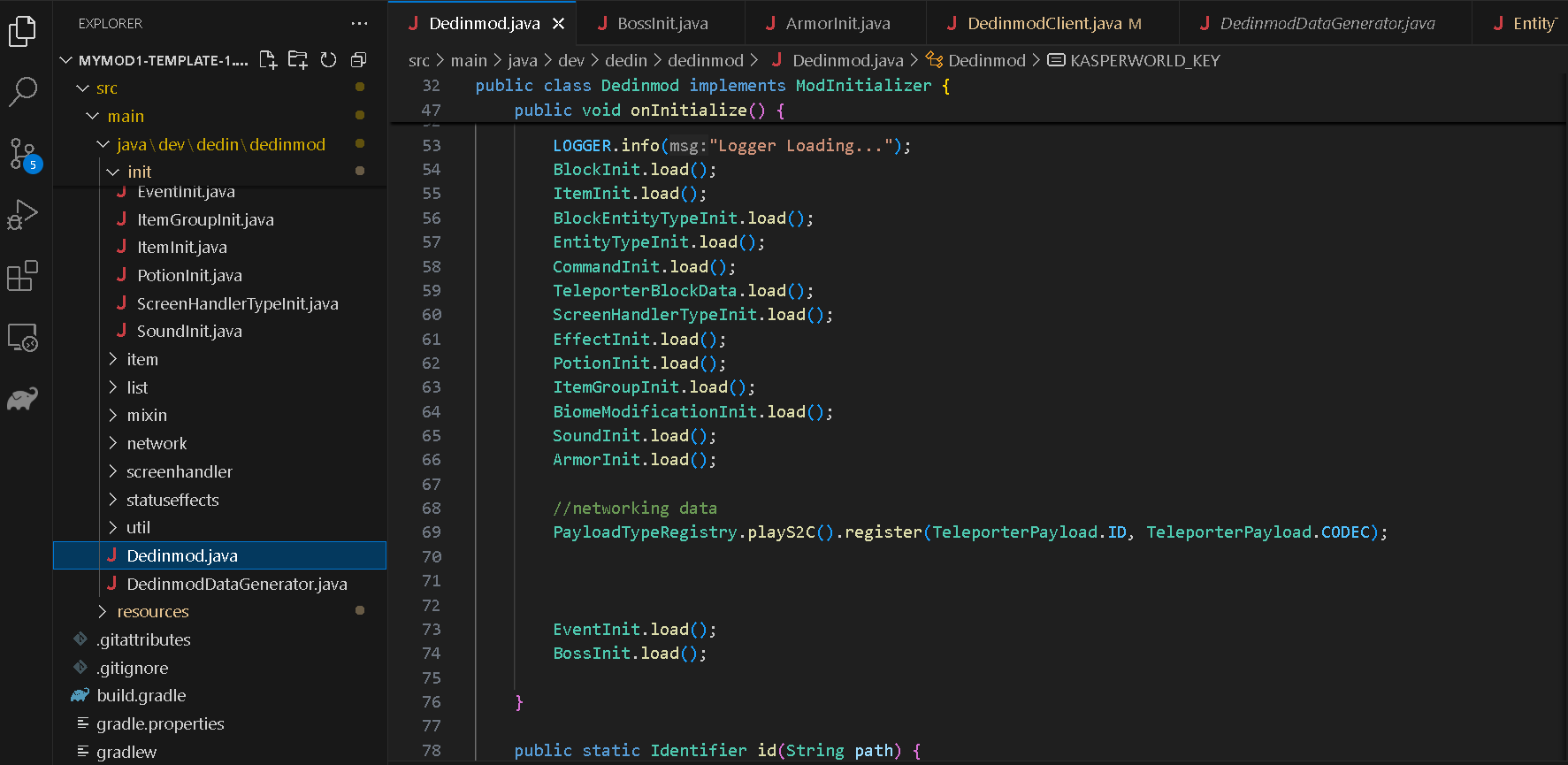Getting Started with Fabric Modding
Minecraft modding has been a gateway for creativity in the gaming community for over a decade. This guide will walk you through setting up a Fabric modding environment using VS Code and creating your first basic mod.

Why Fabric?
Fabric is a lightweight modding toolkit for Minecraft that emphasizes flexibility and performance. Its modular system and rapid updates make it ideal for modern mod development.
Prerequisites
- Java JDK 17+
- VS Code with Java extensions
- Minecraft Java Edition
- Basic Java knowledge
Setting Up with VS Code
Step 1: Create Project Template
- Visit the Fabric template generator
- Fill in your mod details and download the ZIP
- Extract the files to your workspace
Step 2: Configure VS Code
// Install these extensions:
// - Microsoft Java Extension Pack
// - Gradle for Java
// - Fabric for VS Code (optional)Open the project folder in VS Code. The IDE will automatically detect the Gradle project. Allow it to import dependencies.
Step 3: Run Configuration
Create a new run configuration in .vscode/launch.json:
{
"configurations": [
{
"type": "java",
"name": "Minecraft Client",
"request": "launch",
"mainClass": "net.fabricmc.devlaunchinjector.Main"
}
]
}Your First Mod
Create a simple console message when Minecraft launches:
public class ExampleMod implements ModInitializer {
@Override
public void onInitialize() {
System.out.println("Hello, Fabric!");
}
}Adding Custom Items
Expand your mod with a new game item:
public class ModItems {
public static final Item CUSTOM_ITEM =
new Item(new FabricItemSettings());
public static void register() {
Registry.register(Registries.ITEM,
new Identifier("mymod", "custom_item"),
CUSTOM_ITEM);
}
}Resources
With these basics mastered, you're ready to explore more complex modding concepts. Stay tuned for our next guide on custom blocks and GUI elements!